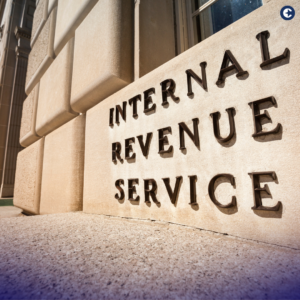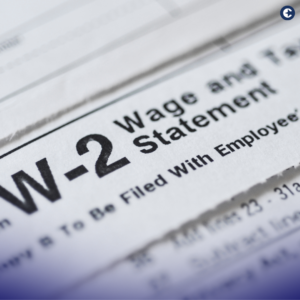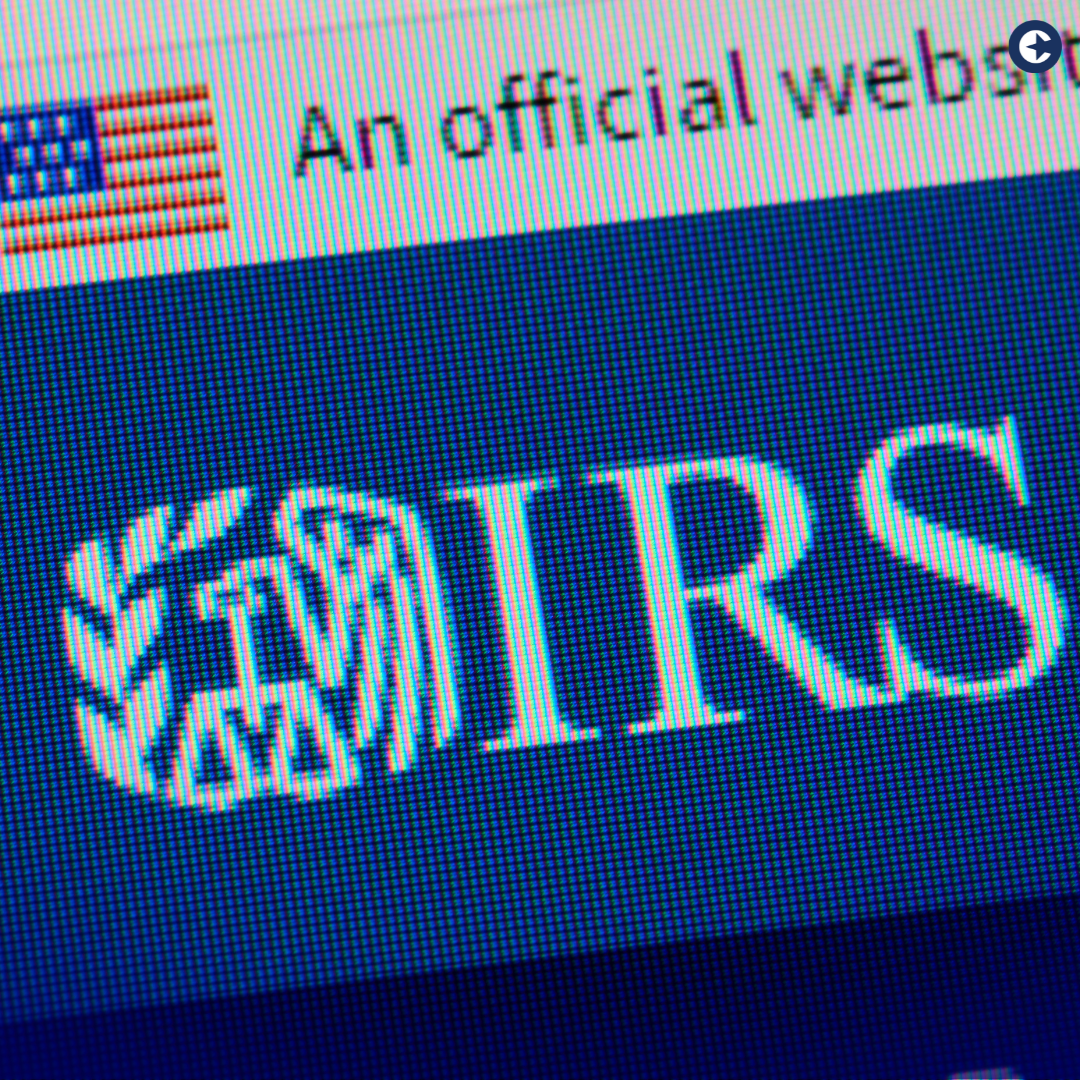Introduction
Starting January 1, 2024, the landscape for employer-sponsored healthcare coverage is poised to undergo a significant change. The affordability percentage has been adjusted to 8.39% of an employee’s household income for the least expensive ACA-compliant plan an employer offers. This article aims to provide a comprehensive understanding of this new affordability criterion, the responsibilities for Applicable Large Employers (ALEs), and the safe harbors introduced by the IRS to help employers stay compliant.

The New Affordability Percentage
The Affordable Care Act (ACA) requires employers to offer affordable health insurance plans to their employees. The new affordability percentage of 8.39% is a reduction from the previous percentage and is calculated based on the employee’s household income. This means employers may need to contribute more towards the health insurance premium to stay compliant with the ACA.
Who Does It Affect?
Applicable Large Employers (ALEs), defined as companies employing 50 or more full-time or equivalent employees, are obliged to meet the affordability criteria for healthcare coverage. A failure to do so could lead to hefty penalties and could impact the employer’s reputation.
IRS Safe Harbors
To make compliance easier, the Internal Revenue Service (IRS) has offered three “safe harbors” for employers:
- W-2 Safe Harbor: Employers can calculate affordability based on the employee’s W-2 wages.
- Rate of Pay Safe Harbor: Affordability is determined using an employee’s rate of pay, typically their hourly or monthly wage.
- Federal Poverty Level Safe Harbor: Employers can use the Federal Poverty Level as a baseline to calculate affordability.
Employers can use these safe harbors to navigate through the affordability maze without falling afoul of the IRS regulations.
Potential Penalties
Employers should be cautious as the IRS can levy penalties if an employee’s contribution to the premium exceeds the 8.39% threshold. The penalties are activated if the employee purchases an individual plan through an ACA exchange and is granted a Premium Tax Credit (PTC).

Conclusion
The adjustment in the affordability percentage for employer-sponsored healthcare coverage necessitates a proactive approach from Applicable Large Employers. Understanding and utilizing the IRS safe harbors can help companies not only to remain compliant but also to offer fair and affordable healthcare options to their employees.



